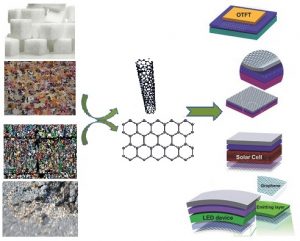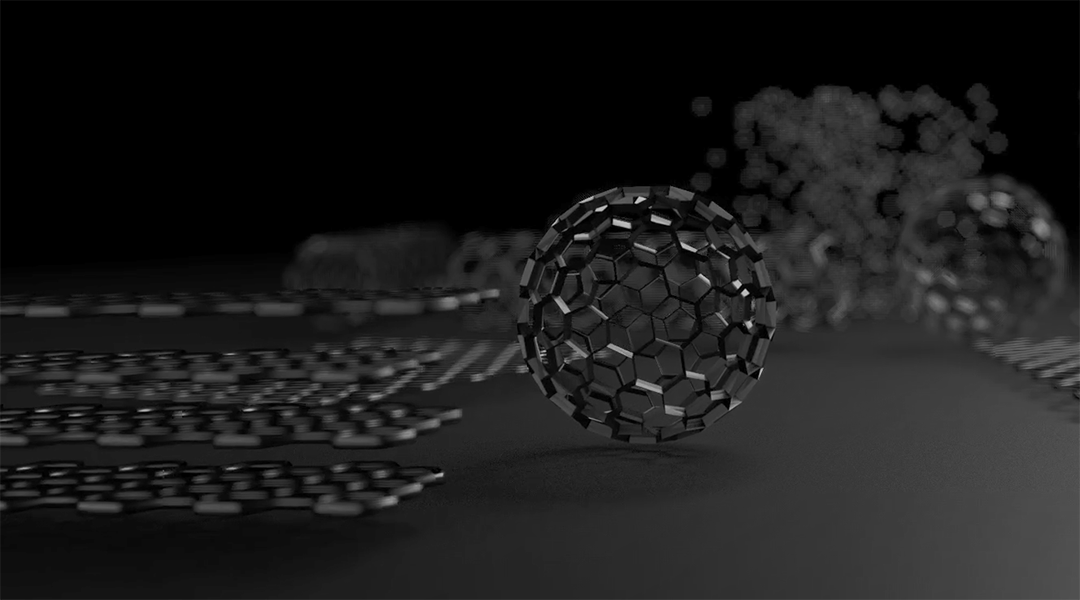Graphene and carbon nanotubes (CNTs) show outstanding electronic, optical, and mechanical properties and attract a lot of attention in physics, chemistry, bio-medicine and other sciences. Recycling inexpensive precursors into value‐added products, graphene and carbon nanotubes, would be economically beneficial.
Sung‐Joo Kwon, Hong‐Kyu Seo, Soyeong Ah, and Tae‐Woo Lee from POSTECH and NSI, Republic of Korea, provide an overview of recent progress in the synthesis of graphene and CNTs from carbon wastes, including methods such as pyrolysis, CVD, and plasma treatment. This paper reviews attempts to improve the electrical properties of these materials, discusses their practical electronic applications, and finally presents future perspectives.

In a nutshell, CNTs and graphene obtained from carbon waste, mainly by pyrolysis using additives containing metallic elements, are of limited quality. The electrical properties are poor, and therefore, the practical application of such CNTs or graphene is very limited to water purification and molecular separation. In contrast, graphene obtained from carbon waste by CVD with additives or metal catalysts shows substantially improved quality and has been used as an electrode in practical electronic applications. Nevertheless, practical application of waste‐derived graphene and CNTs is of high interest due to its cost competitiveness and eco friendliness.
However, before waste‐derived graphene and CNTs can be practically used in electronics, improvements are required in regard to quality, electrical properties, and productivity.
The authors talk about future perspectives as development of a recycling process that yields graphene and CNTs with smooth surface and high transparency. Moreover, ecological sustainability should be also considered, as graphene and CNTs would have low degradability and can be toxic. In this regard, Sung‐Joo Kwon et al. argue that methods to dispose of or recycle graphene and CNTs should be also developed.

















